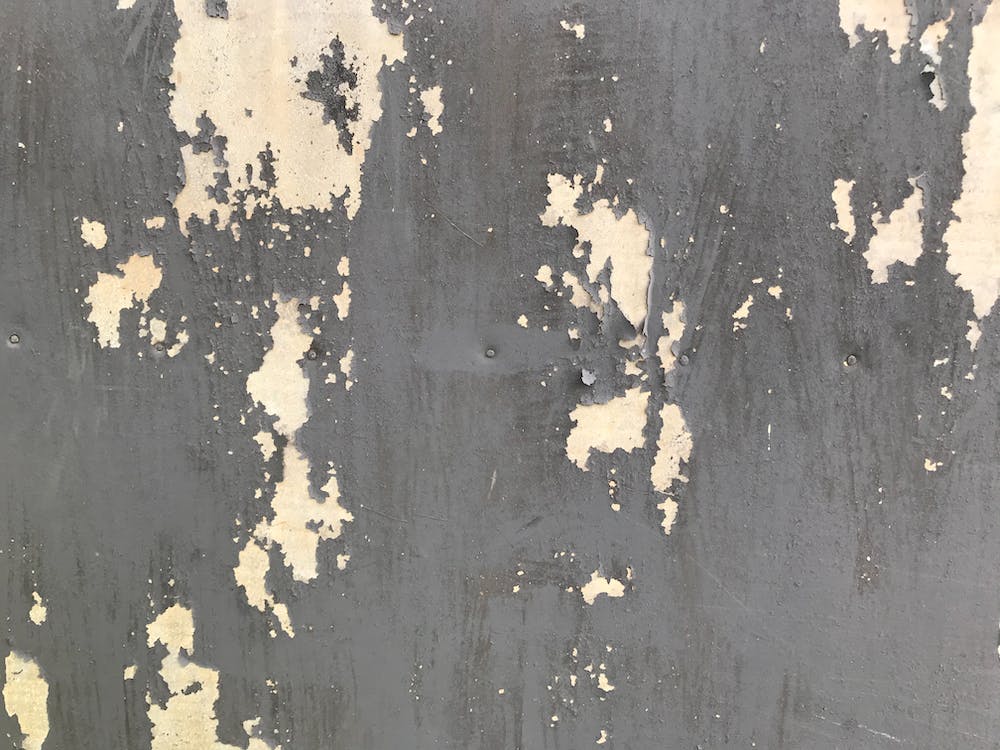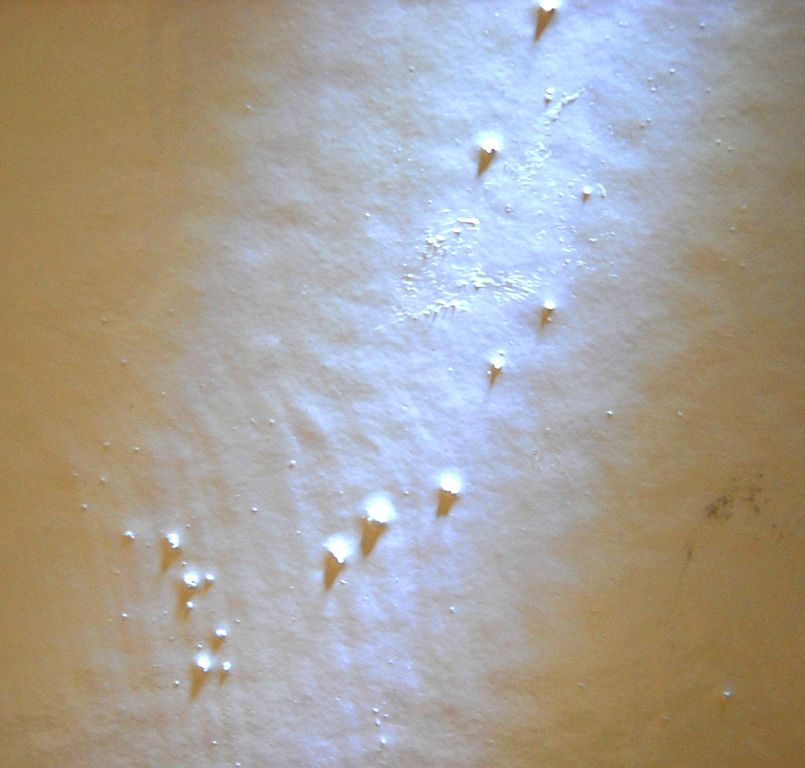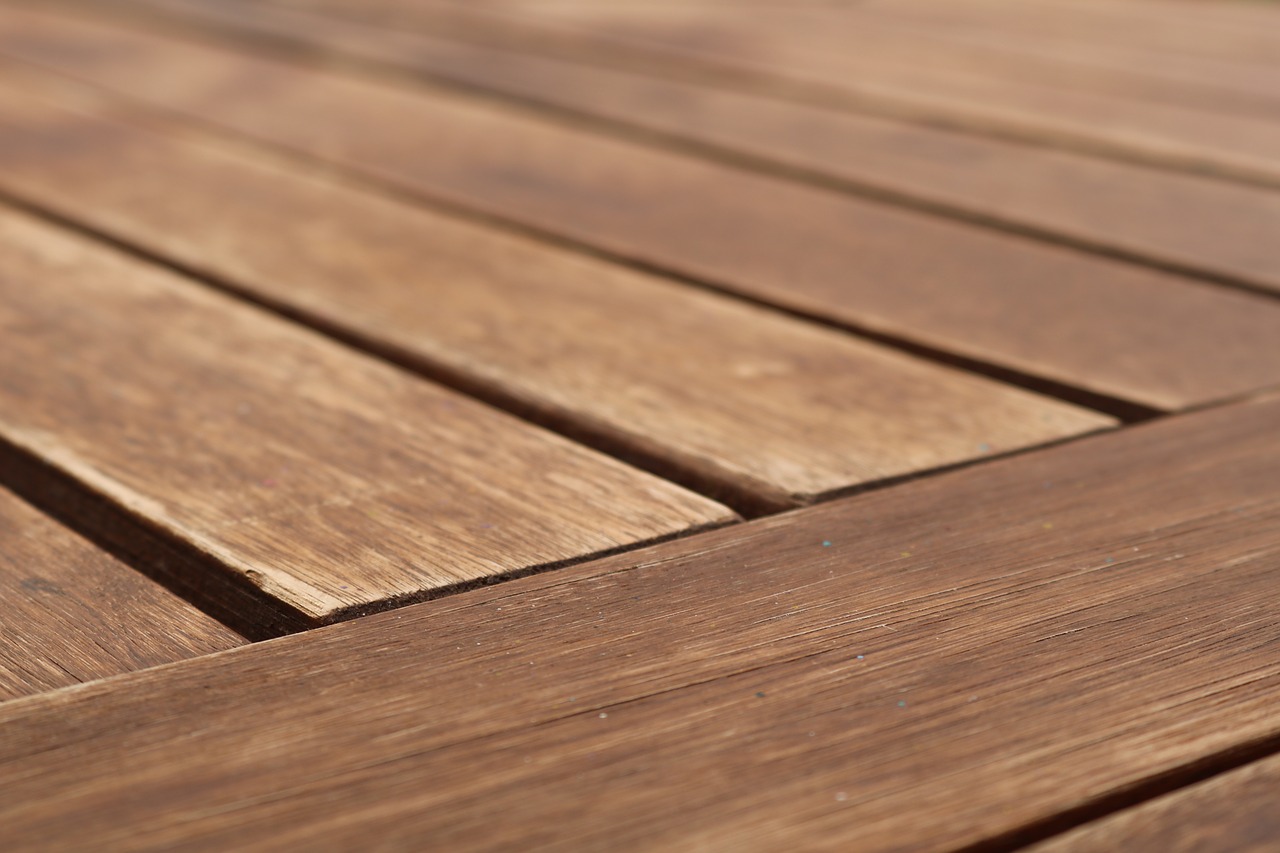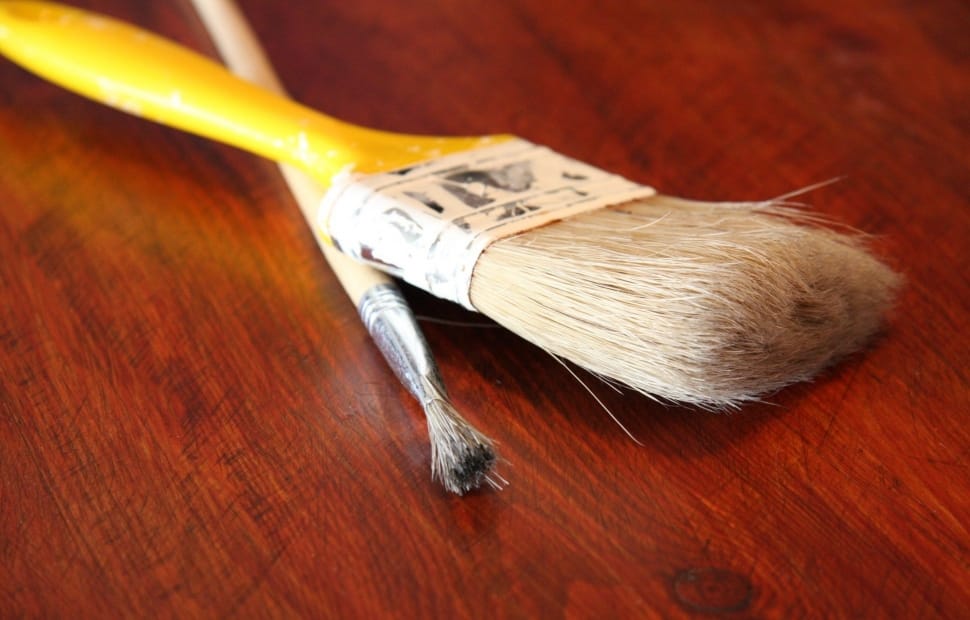
If you’ve ever painted cabinets before, you know that it can be a tedious and time-consuming process. Unfortunately, even after all that effort, sometimes the paint just doesn’t seem to want to stick. This can be frustrating, especially if you’ve invested a lot of time and money into your project. In this article, we’ll explore the possible causes of paint not sticking to cabinets and offer some solutions to help you achieve a smooth and durable finish.
Causes of Paint Not Sticking to Cabinets
There are several potential causes of paint not sticking to cabinets, including:
Poor Surface Preparation

One of the most common reasons for paint not adhering properly is poor surface preparation. If the surface isn’t clean, dry, and smooth, the paint won’t adhere well, leading to peeling, flaking, or bubbling. You need to ensure that the cabinets are clean of any dirt, grease, or grime before painting, and remove any existing paint or finish with sandpaper or a chemical stripper.
Using the Wrong Type of Paint
Not all paints are created equal, and using the wrong type of paint for your cabinets can lead to poor adhesion. For example, if you use a latex paint on cabinets that were previously painted with oil-based paint, the new paint won’t stick properly. You need to choose a paint that is compatible with the existing finish, such as oil-based paint for oil-based finishes, or a paint specifically designed for cabinets.
Applying Paint in Poor Conditions
The environment in which you paint can also impact the adhesion of the paint. If the temperature is too low or high, or there is high humidity, the paint won’t dry properly, leading to poor adhesion. You should aim to paint in optimal conditions, with temperatures between 50-85°F and humidity below 50%.
Inadequate Drying Time
If you don’t allow the paint enough time to dry between coats, or before using the cabinets, the paint won’t adhere properly. You need to follow the manufacturer’s instructions for drying times, and allow the paint to cure fully before using the cabinets.
Poor Adhesion Promoter
Using a low-quality adhesion promoter or not using one at all can also result in poor adhesion. Adhesion promoters help the paint adhere to the surface, and without them, the paint won’t stick properly. You need to choose a high-quality adhesion promoter and follow the manufacturer’s instructions for use.
Solutions to Paint Not Sticking to Cabinets
If you’re experiencing issues with paint not sticking to cabinets, there are several solutions you can try:
Proper Surface Preparation

Ensure that the cabinets are clean, dry, and free of any existing paint or finish before painting. Use sandpaper or a chemical stripper to remove any existing finish, and clean the surface thoroughly with a degreaser or TSP.
Choosing the Right Type of Paint
Select a paint that is compatible with the existing finish, such as oil-based paint for oil-based finishes, or a paint specifically designed for cabinets. Ensure that the paint is of high quality and appropriate for the surface.
Sufficient Drying Time
Allow the paint to dry fully between coats and before using the cabinets. Follow the manufacturer’s instructions for drying times and curing times, and avoid using the cabinets until the paint has fully cured.
High-Quality Adhesion Promoter
Use a high-quality adhesion promoter that is appropriate for the type of paint and surface you’re using. Follow the manufacturer’s instructions for use and ensure that you apply it evenly and thoroughly.
Conclusion

Paint not sticking to cabinets can be a frustrating issue, but it’s usually caused by poor surface preparation, using the wrong type of paint, applying paint in poor conditions, inadequate drying time, or poor adhesion promoter. By following the solutions outlined in this article or you can follow Pro Tips on Painting MDF Cabinets, you can increase your chances of achieving a smooth and durable finish on your cabinets.
FAQs
How do I know if my cabinets are clean enough before painting?
You can test if the surface is clean enough by wiping it down with a rag soaked in rubbing alcohol. If the rag comes back clean, the surface is ready for painting.
Can I use a primer instead of an adhesion promoter?
While a primer can help with adhesion, it’s not a substitute for a high-quality adhesion promoter. You should use an adhesion promoter specifically designed for your paint and surface for best results.
Can I paint over a previous paint job without removing the old paint?
It’s possible to paint over an existing paint job, but it’s important to ensure that the surface is clean, smooth, and dry before painting. If the old paint is peeling or flaking, it’s best to remove it first.
How long should I wait between coats of paint?
The manufacturer’s instructions for drying times will vary depending on the type of paint you’re using. Typically, you should wait at least 4 hours between coats of paint.
How long should I wait before using the cabinets after painting?
The manufacturer’s instructions for curing times will vary depending on the type of paint you’re using. Typically, you should wait at least 24-48 hours before using the cabinets, and avoid heavy use for several days.
